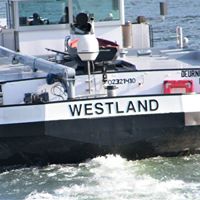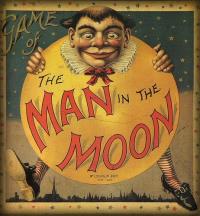How much did Alaska cost America in 1867?
The sale of Alaska in 1867 is the deal between the governments of the Russian Empire and the North American United States, which brought Russia 7.2 million dollars for its possessions in North America (a total area of 1,518,800 km2).
A proposal of sale of Alaska was made by the Governor-General of Eastern Siberia Nikolay Nikolayevich Muravyov-Amursky in 1853 for the first time.
The U.S. Senate approved the purchase of Alaska from the Russian Empire on March 30, 1867, for $7.2 million at 2 cents per acre, about 5 cents per hectare. When adjusted for inflation, the total sum paid equates to approximately $111 million in today's dollars.
Reactions to the purchase in the United States were mostly positive; some opponents called it "Seward's Folly" (after Secretary of State William H. Seward), while many others praised the move for weakening both the UK and Russia as rivals to American commercial expansion in the Pacific region. The purchase threatened British control of its Pacific coast colony, giving added impetus to Canadian Confederation, which was realized just three months later, in July 1867. The Dominion of Canada would welcome British Columbia to confederation in 1871, ending US hopes of annexation and an uninterrupted connection of Alaska to the United States.
Originally organized as the Department of Alaska, the area was renamed the District of Alaska and the Alaska Territory before becoming the modern state of Alaska upon being admitted to the Union as a state in 1959.
More Info:
ru.wikipedia.org








